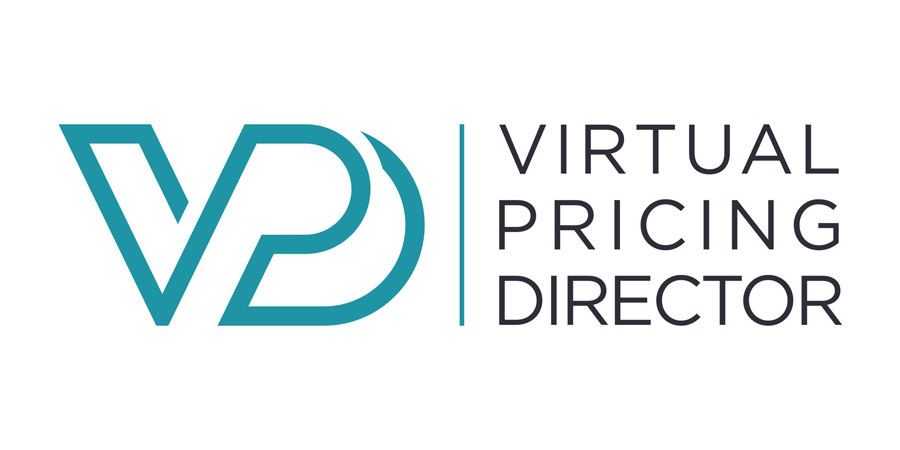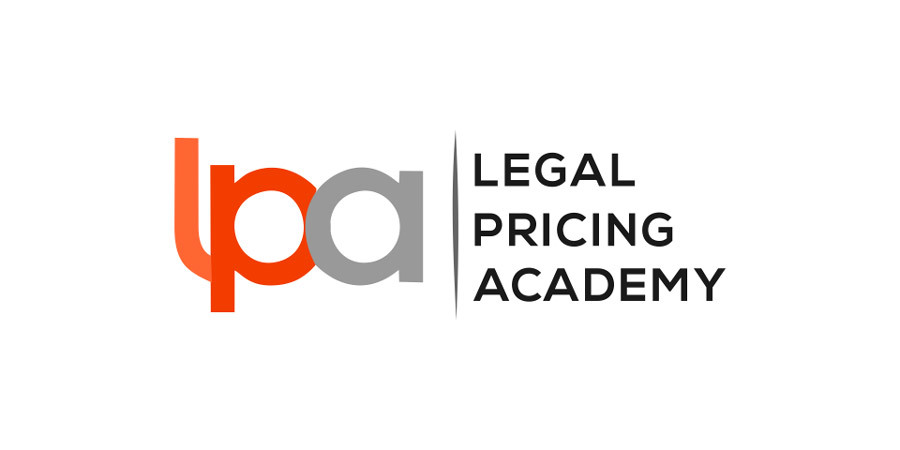When it comes to pricing, no-one has a better global perspective than Validatum®, having worked as we have with over 300 law firms in 25 countries.
We thought you would find this international snapshot of what we are currently seeing ‘out there’, interesting and hopefully instructive.

Aggressive rate increases
We have not since 1980 seen rate increases as aggressive as we are currently seeing – typically in the region of 9% to 14%. And firms that undertook rate increases earlier in the year at around 5% are now in a major quandary. Suck up the difference in cost increases or ‘go again’ within the same financial year, which for most would be unprecedented and which may have a worse PR impact than a single large increase of the same aggregate amount.
Serious concerns over demand and margin erosion
As usually accompanies any significant shift in the economic and/or political landscape, the ebb and flow of legal workload shifts. The most obvious examples, but by no means the only ones, are a decline in M&A transactions and commercial real estate work, and a spike in banking and finance (impacted by rising interest rates), regulatory work, and sadly for some, insolvency, and restructuring.
Firms should remain vigilant about shifting pricing strength as well as weakness, Changes in the supply/demand imbalance offer as many upside opportunities as downside ones but most firms are not generally good at either spotting or reacting to those.
While marketing and BD teams work harder than ever to fill the void where work is in decline, many firms are becoming much more disciplined and rigorous on margin management with amongst other things, greater governance, and discipline around both time recording and write-offs.
Some improved sophistication about how rate increases are handled
Leaving aside the quantum of the rate increases, a small but growing number of firms are bringing a much more sophisticated and nuanced approach to the annual rate increase process. While there are still plenty of firms who do nothing more that fire off thousands of letters starting with ‘Dear client, last year inflation was…’, some firms are bringing a much more surgical approach, reviewing price sensitivity by client and sector and even work stream.
Providing clients with tangible and empirical evidence of how the firm is managing the cost of delivery (eg using ALSPs, technology and some very sophisticated pricing strategies) and coaching partners on how to have the conversation with the client all contribute to superior outcomes.
Interestingly too, some firms have been confident enough to experiment with requiring higher rates on panel arrangements for certain defined work streams; typically involving very high value/urgent/strategic/high risk/highly specialised work.
Inflation impact and inflation-proofing
It is probably fair to say that a huge swathe of the profession including those that run law firms have never really had to get to grips with inflation. Smart firms are doing so, but there are still many for whom the medium-term impact on existing arrangements has not been adequately factored into their thinking. That will come back to bite.
We wrote about this recently – Planning for a Pricing Dilemma Not Seen for 40 Years
Focus on profit
One of the most beneficial improvements occurring is an increasing trend for firms to focus on profitability, not just at a firm level obviously, but at a much more granular level – office, sector, team, client and work stream.
This is usually done by reference to gross profit as partners have a high level of control over gross profit and compared to net profit calculations, it isn’t anywhere near as contentious.
This is enabling better informed decisions around everything from whether to part company with an unprofitable and non-strategic client to better triaging of ‘opportunities to pitch for work.
There is a declining willingness to engage in widespread cross-subsidisation and careful profitability assessment is shining a light into some of those hitherto dark recesses of a firm.
Moreover, firms are increasingly expecting partners to take personal responsibility for the profitability of their work. Traditionally, partners were expected to get the work in, do the work to a high standard and get a bill out promptly and where necessary, follow up tardy payers.
To that list, many now find themselves having to plan the work properly, ensuring that any pricing proposal is profitable when it is sent out and continuing to monitor the profitability in real time. Of course, this is only possible with the right lawyer-centric dashboard such as Virtual Pricing Director®.
Upskilling partners as part of a 4-pronged approach over 2 or more years
While many law firms have over the last few years begun pricing improvement initiatives, many have failed to realise their potential and in the most disappointing and frustrating examples, they have eventually reverted to type entirely, losing all of the gains originally achieved. There is good reason for that. It’s hard. The rewards are significant but if it was easy, everyone would have done it a long time ago.
Too many firms have characterised this is ‘just a bit of CPD’. It isn’t and that approach will fail – miserably. If it isn’t tackled as a major transformation project going to the heart of a firm’s cultural and operational DNA, it is probably better not to start at all.
We have developed a 4-pillar approach (pricing governance, pricing analytics, pricing execution and pricing technology) together with an implementation roadmap which has proven to have a high degree of success but at the end of the day, a firm must want to make the improvements badly enough.
If you would like a copy of the case study we published with the kind permission and co-operation of UK top 40 firm Mills & Reeve, drop us a note.
Pricing directors
Although there are some absolutely shining examples in the profession, who are having a significant beneficial impact in their firms, there remain many firms that don’t understand whether they need one or not, or what a pricing director does, or what they should or could be.
Problems we see with monotonous regularity include…
- No clear understanding of the role amongst partners and the belief amongst some that they are ‘just another analyst’
- ‘All our competitors have one, so we better have one’
- Unwillingness of partners to engage with a non-lawyer (that most pejorative of appellations)
- Lack of qualifications and/or domain knowledge
- Insufficient or non-existent senior sponsorship of the role
- Insufficient status attached to the role at a leadership level
- Lack of respect for the role
- Insufficient gravitas and/or latitude to effect change
- Insufficient support resources
Training to cope with procurement
Many firms have superb business development professionals, but many still produce little more than cut and paste bumf, padded with bios the client can get from the website, and a rate card with a 10% discount.
That just doesn’t cut it anymore. Buying power asymmetry is more distorted than it has ever been and regular buyers of legal services now subject even relatively modest spend to the white-hot glare of procurement. Remember that procurement professionals are trained negotiators who love spending their day negotiating. Are we equal to the task?
Firms are increasingly investing in up-skilling their BD professionals to match procurement’s skill set and confidence and also bringing in outside expertise where warranted. Our head of procurement consulting to law firms, Steph Hogg (former head of legal procurement at Aviva has an enviable reputation for success working with law firms since joining Validatum®.
More client collaboration in pricing discussions
There is a trend (particularly amongst lawyers that have had some pricing professional development) to have more collaborative pricing conversations with clients. Instead of framing it as a combative, adversarial exchange, the conversation can frequently be turned to one that explores in an open, transparent, and frank manner:
- what the client needs and what they want (not always the same thing)
- whether there is more than one solution
- what their budget is
- whether the firm can offer different pricing models in the alternative
- what the client attaches a great deal of value to and what they don’t
- what they may wish to do themselves or trade off against price
This process takes a little more time but produces better financial outcomes and more enduring client relationships.
Tech and efficiency creating pricing problems.
Last year the document review platform Kira (now part of Litera) asked us to present webinars for their subscriber firms around the world, to help overcome a realisation – Artificial Intelligence and Hourly Billing – The Perfect Pricing Storm)
Firms continue to grapple with this problem with most still struggling to develop a coherent response.
Deep understanding of clients’ business
‘A deep understanding of clients’ businesses’ emerged in recent Thomson Reuters research as the attribute most highly sought after by clients.
This, along with ‘business acumen/commerciality’ represent a great opportunity to deploy something we have been advocating and teaching for years and that is pricing models that involve an element of commercial risk-sharing alignment of interests between the client and the firm.
What is frequently overlooked is that this approach can be deployed in both contentious and non-contentious work streams.
Conclusion
As noted, elsewhere in this article, ‘firms should remain vigilant about shifting pricing strength as well as weakness. Changes in the supply/demand imbalance offer as many upside opportunities as downside ones but most firms are not generally good at either spotting or reacting to those.’
It is both trite and facile to say that things are in a state of constant flux, yet within that statement of the obvious lie real opportunities. Apart from the imperative of getting the work in, it is difficult to think of any aspect of the management of a law firm more important than ensuring you are paid properly. More and more firms are now grasping the importance of this.

